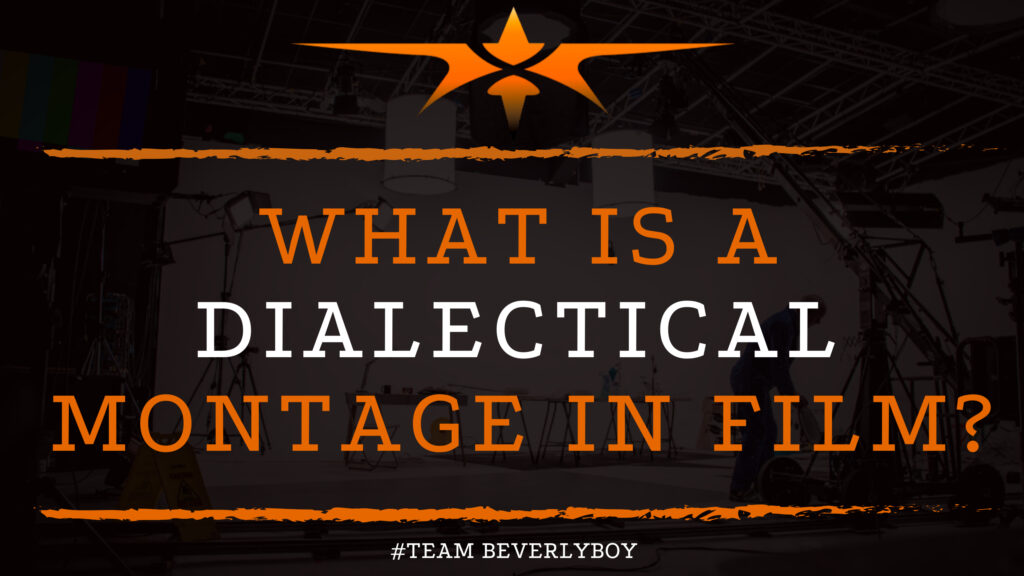What is a Dialectical Montage in Film?
The term “montage” is used in filmmaking to represent several different meanings. The French used the term to describe “assembly” or “editing” of film. Whereas in modern filmmaking the term is used to describe the juxtaposition of two or more shots to create a comparison. While eliciting a desired emotional response from the audience. Of course, different concepts of montage in film are used to establish connections in sequences or clips. While eliciting the desired audience emotions. But montage is also referenced in “Soviet Montage Theory.” In this reference, the founder of Soviet Montage theory, Sergei Eisenstein mentions dialectical montage in a note he wrong titled, “A Dialectic Approach to Film Form.” But what is Dialectical Montage in film?

What is Soviet Montage Theory?
Soviet Montage Theory represents a unique approach toward studying and understanding cinema. Which relies on the editing of film in order to influence audience response.
Soviet Montage Theory comes as a result of early filmmakers seeking to understand how film editing could be used to elicit the desired outcomes from viewers.
As filmmakers experimented with editing techniques, Lev Kuleshov would pioneer the Kuleshov Effect. And much of future film editing would propagate from montage theory.
The Soviet Montage Theory was a film movement that would take place throughout Soviet Russia from the 1910s to the 1930s. Founded by Lev Kuleshov. And largely based on the different types of Montage that were introduced by Soviet director, Sergei Eisenstein.
This movement is the basis for many of the film editing techniques that are widely used today.
What is Dialectical Montage?
Eisenstein would coin several terms describing the juxtaposition of shots. To elicit particular connections and emotions among the audience. Dialectical montage was one of several types of montage.
According to Eisenstein, Dialectical Montage is a montage effect. In which the juxtaposition of two shots that each reflect conflict are paired together. All to create an abstract concept that becomes tangible for the audience.
A dialectical montage is represented by the pairing of conflicting images. With the intention of evoking political or social change. In dialectic montage, an ideological thought is encouraged as a result of the events that are shown.
The Power of Shots
According to Eisenstein, shots created the most powerful meaning to the audience when they clash, rather than those which are juxtaposed by continuing events one after the next.
Thus, the dialectical montage would compose of Shot A, the thesis, and Shot B, the clash, to result in Synthesis C which represented a “third meaning” or abstract concept.
In explaining his own unique answer to the question, “What is a Dialectical Montage in film?” Eisenstein would have emphasized the relationship between two shots.
Stating that the dialectical montage operates when the two shots interact on the contrary resulting in intellectual contexts and series.

